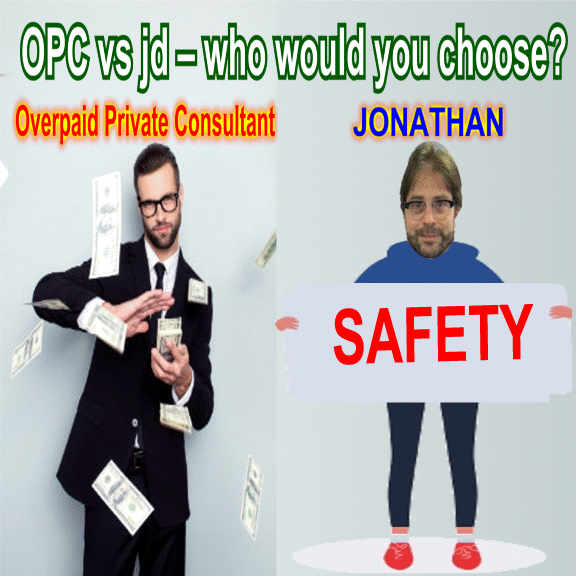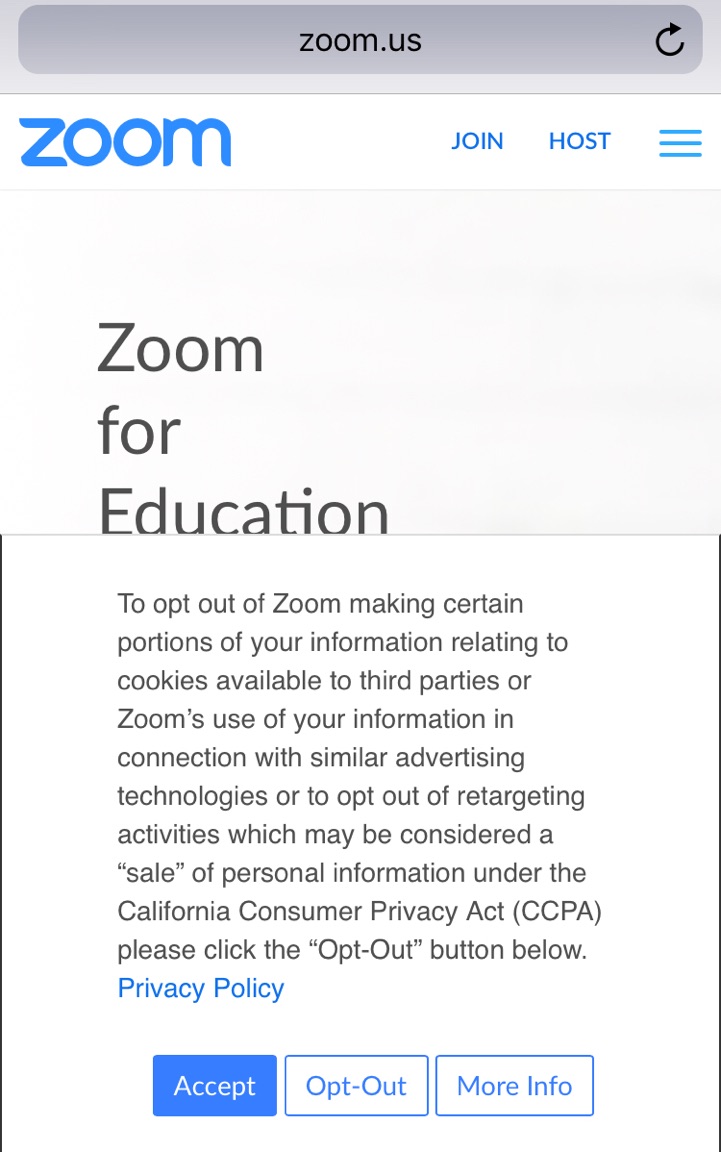Online Instruction for All
Even the most fervent advocate for online instruction would be surprised. For those who predicted 20 years ago that remote instruction will take over public schooling, the future has arrived. And for the true believers in online instruction as the best, efficient (read: less expensive) way of teaching and learning, Nirvana has arrived.
Covid-19 has upended naysayers who opposed expanded use of online instruction, seeing it as a pale substitute for in-person instruction. For the fall semester in schools across the nation, complete or partial online instruction (I avoid the word “learning”) is nearly universal.
Since March 2020 when nearly all public and private schools were closed to halt the spread of the coronavirus, face-to-face classroom instruction has largely disappeared from large urban districts. With the continued spread of the virus into rural, suburban, and urban communities, virtual instruction has become the only way of re-opening schools—except for those districts in states that have paid only lip service to guidelines for protection from the virus or where the incidence of infections are low, according to health authorities. In those places, hybrids of remote and in-person or full in-person schooling have been announced for the fall semester.
But for most students , they will sit and face screens daily. As a result, many district administrators have been scrambling to insure that every student has the hardware and software necessary to enable a K-12 program to be brought into every kitchen and living room. And teachers unused to teaching from their CONTINUE READING: Online Instruction for All | Larry Cuban on School Reform and Classroom Practice





























